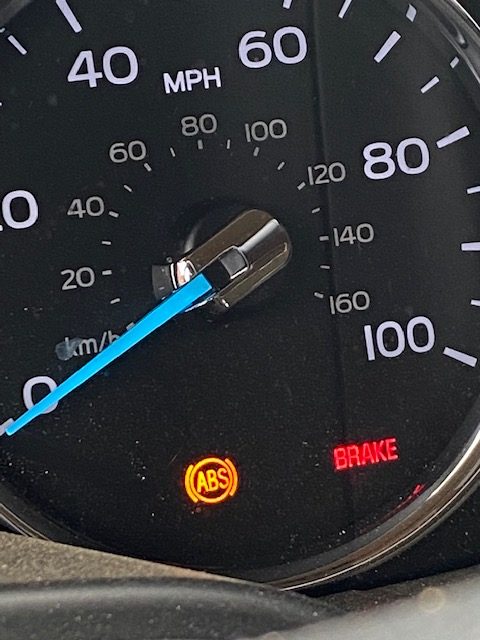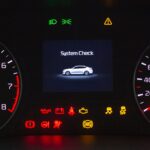Your car’s anti-lock brake system, otherwise known as ABS, is designed to ensure drivers retain control of the vehicle when they brake hard. It’s there to help restore traction to your tires so that you avoid an accident. But, how exactly does your ABS work? Keep reading to find out.
What is ABS?
ABS is a safety feature that is designed to prevent your vehicle’s wheels from seizing. Without it, your car will skid if you brake suddenly. With ABS, you’re able to maintain some control over the vehicle if you were to brake suddenly and prevent the wheels from locking up. The wheels will continue to rotate, and the car can move in whatever direction they’re facing.
How Does it Work?
ABS works as part of your vehicle’s electronic stability control (ESC). The ESC is linked to the engine control unit (ECU) and also helps prevent problems such as oversteer or understeer. The ABS constantly monitors the sensors on each of the car’s wheels. If it detects a sudden or significant change of pressure on the brakes the ABS will rapidly pulse the brakes to stop the wheels from locking. This action prevents the car from skidding and causing an accident.
How Effective is the Anti-Lock Braking System?
ABS is very effective for promoting safer driving. It’s a mandatory feature on all new cars. Cars that are equipped with ABS enjoy a wide range of benefits, such as:
- Less likely to be involved in a fatal crash
- Decreases the chance of frontal collision on wet and dry roads
- A shorter stopping distance than cars without ABS
Tips for Using ABS
Here are some tips for operating your car’s ABS properly:
- Maintain firm and continuous pressure on the brake while steering to enable four-wheel ABS to work properly
- Avoid pumping the brake
- Allow enough distance to stop — about three seconds or more behind a vehicle in good driving conditions
- Practice driving with ABS in empty parking lots or other open spaces
- Remember to steer while braking
Is Your ABS Light On?
When your car’s ABS light can turn on, it won’t turn off by itself. That’s when you bring your car into Ken’s Automotive & Transmissions. Our ASE-certified technicians will identify the root cause of the problem and fix it promptly. We’ve become a trusted Maryland auto repair shop due to our high-quality services, transparent pricing, and prompt service.
Schedule your appointment today!















